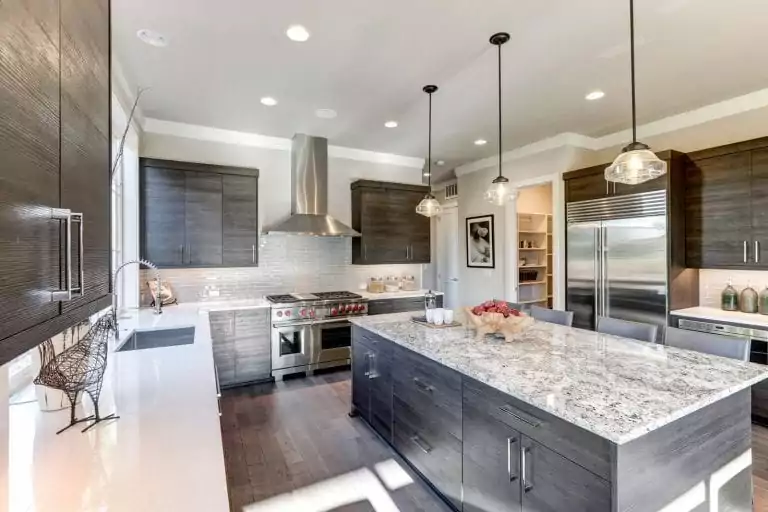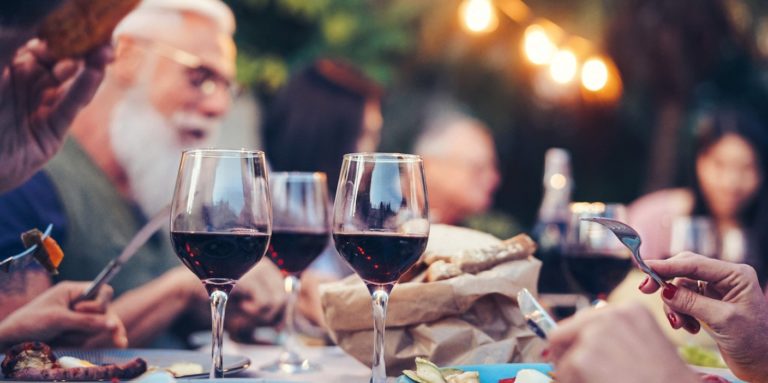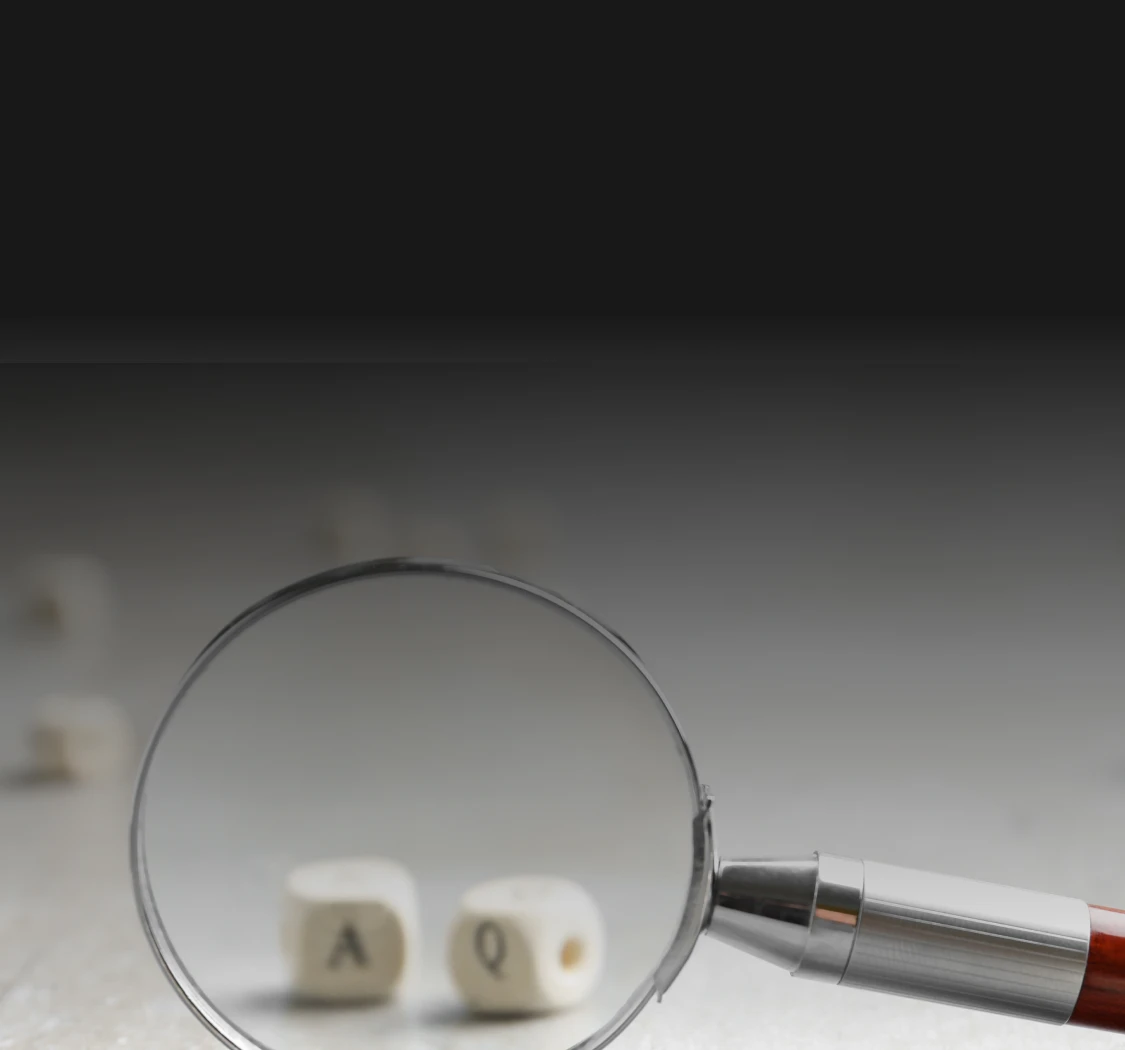The #1 SEO Agency with Over 300 Cases
We'll help you get clients with proven services
Select goals you want to achieve
Recognized as a Leading SEO Agency
Data-Driven Search Engine Optimization
This meticulous approach is rooted in precision and backed by evidence. We don't rely on hunches or outdated tactics. Instead, our seasoned SEO specialists comprehensively analyze your business ecosystem, from your website architecture to your target audience's behavior.
With these insights, we craft bespoke SEO strategies that align with your unique goals and market position. Our team continuously refines our techniques based on real-world results, guaranteeing that your SEO strategy evolves with the ever-changing digital landscape.
Contact Comrade today to discover how our long-term or monthly SEO services can maximize your revenue.
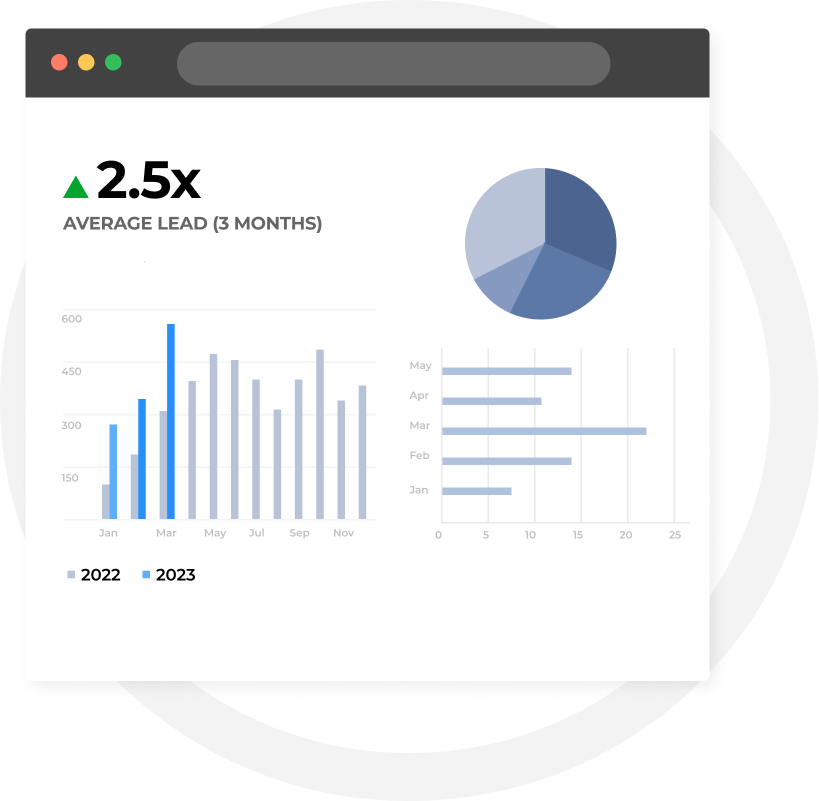

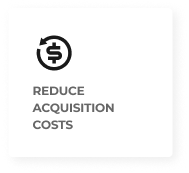
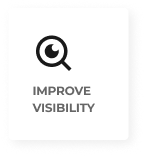
Our Work Includes over 300 Websites Built
Comrade Masters the Most Competitive Keywords
Take your business to the next level. Book a complimentary audit today
- Firm’s Reputation
- Potential demand
- Web Presence
- Website Performance
- Rank competitors
- Overall Score

Grow your business with an Award-winning SEO Agency

Comrade Is Your Expert SEO Company
Ready to transform your online presence? Get a free account and competitor strategy review today to see how quickly Comrade can elevate your website to the top of search results.
Comprehensive SEO Website Audit
Incorporating keywords into these elements significantly boosts your site’s search rankings for those terms.
Well-structured URLs incorporate meaningful words and relevant keywords, enhancing user understanding and search engine crawlability.
An intuitive, consistent menu structure enhances user experience, boosts SEO performance, and supports conversion optimization by making content easily accessible.
Content repetition across pages or websites can weaken your search rankings. Identifying and resolving duplicate content is crucial to preserving your site’s SEO power and originality.
We employ targeted A/B and multivariate testing to uncover the most effective approaches for improving conversions and rankings, using real-time data to guide our decisions and optimize your campaign.
Vigilantly tracking backlinks ensures quality and relevance, as subpar links can damage SEO. We also study competitor backlinks to uncover fresh opportunities that elevate your search rankings.


Your Premier SEO Partner
- We only collaborate with industry professionals.
- We get you to the #1 on Google. Why hire SEO companies that can't?
- We have 300+ case studies that showcase proven results
- We're committed partners, prioritizing your company's success.
Over 330 clients rely on Comrade's Services
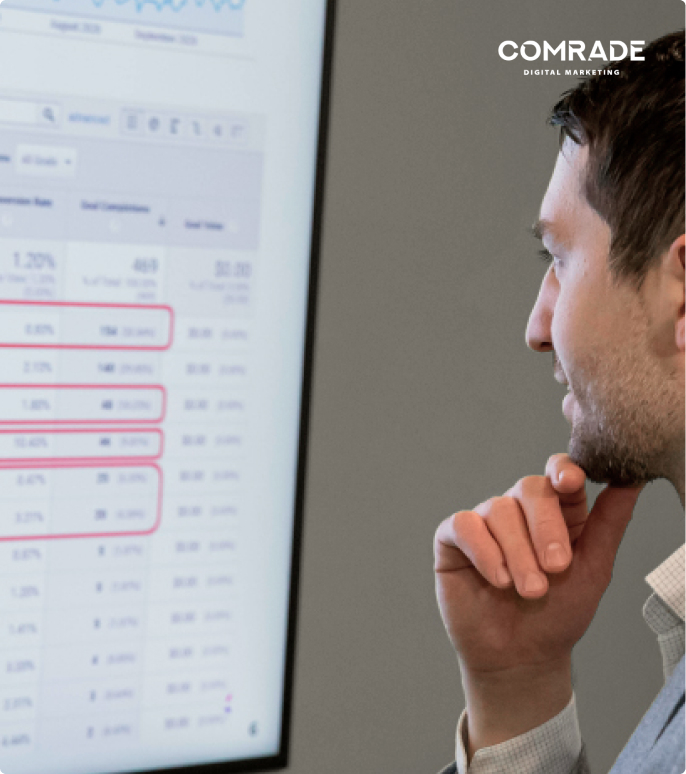
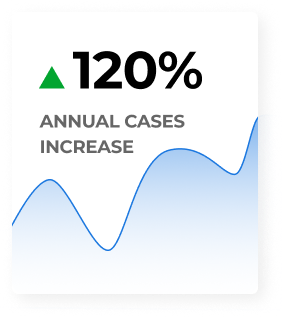

Providing Expert Seo Solutions Since 2008
- Get More High-Value ClientsConnect with your ideal audience and transform them into loyal customers through powerful SEO tactics, compelling content, targeted PPC campaigns, and streamlined lead management that delivers premium results.
- Become an Industry LeaderDitch the marketing headache! We handle everything from strategy to execution, freeing you to conquer your business goals. Our all-in-one approach explodes your brand visibility and makes you an industry powerhouse.
- Ignite Trust, Inspire Loyalty90% of people trust online reviews – that's a buying decision waiting to happen. We drastically improve your online reputation with strategic review acquisition, directory registrations, and 24/7 reputation monitoring.
- Maximize RevenueOur data-driven approach delivers real ROI. We craft lead-generating content and conversion strategies that turn website visitors into loyal, revenue-generating customers. See your business flourish year after year.
Key SEO Services
With Comrade by your side, you can unlock the full potential of your business. Whether you're a small start-up or a large corporation, our digital marketing specialists have the skills and know-how to take your brand to the next level.
How Professional SEO Services Can Help You Grow

How Comrade Can Help Your Business

Request Your Complimentary Marketing Assessment and Audit

WE USUALLY DELIVER A 4.5X ROI FOR OUR CLIENTS
With our SEO audit you will get the following:
- Check of your website load speed
- An audit of your backlinks to ensure they are high quality
- A 20-point SEO performance evaluation
- A website SEO content strategy and suggestions
- Your overall conversion rate to help pinpoint areas where you can improve
In addition, you’ll receive a high-level SEO strategy tailored to your business completely free of charge.

Let's Get Started
Chat With Our Specialists or Call Us
(872) 242 1074




